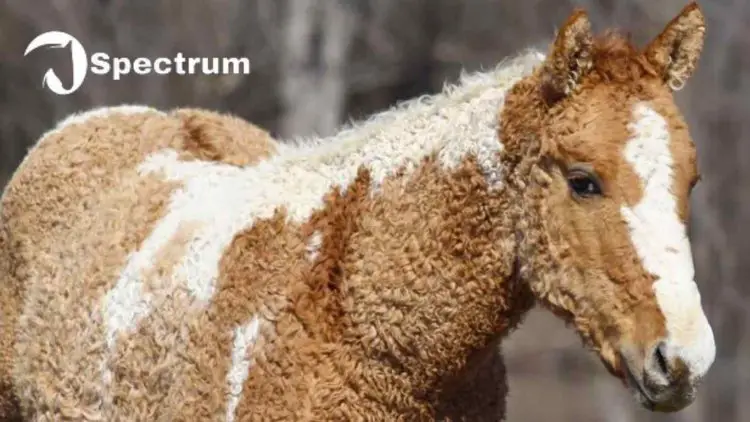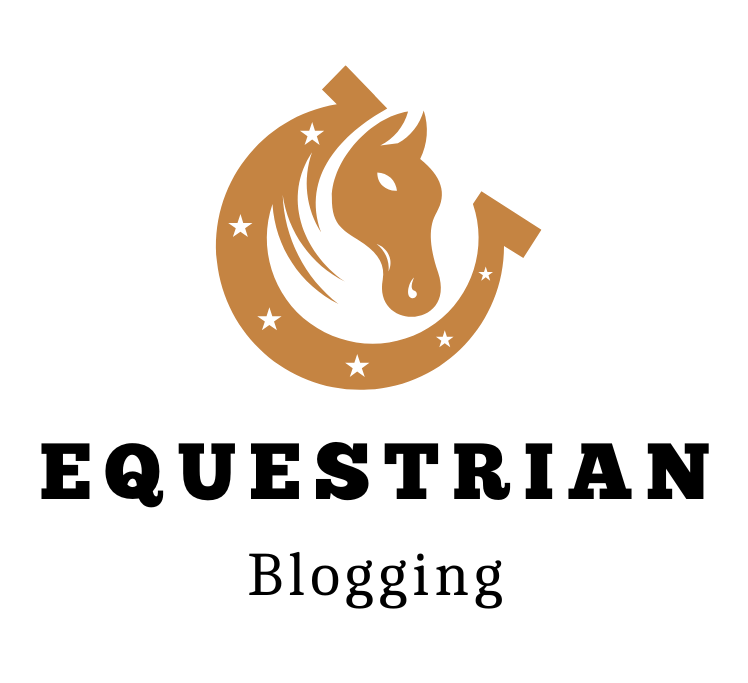Roach back in horses, also known as kyphosis, appears as a hump on the animal’s back due to unusually tall lumbar vertebrae dorsal processes. Treatment focuses on addressing musculoskeletal dysfunction through proper rehabilitation to manage the condition.
Roach back, or kyphosis, is a conformation issue in horses characterized by a hump on the back, often seen in young horses post-weaning. Although congenital roach back is irreversible, managing musculoskeletal dysfunction is possible with rehabilitation. It is crucial to determine the underlying cause for appropriate treatment.
Understanding the differences between a roach back and sway back can aid in assessing a horse’s back conformation. Proper rehabilitation from a physiotherapist can help address musculoskeletal issues related to roach back in horses.
Understanding Roach Back Horse
Roach back, also known as kyphosis, occasionally affects young horses during rapid growth, usually after weaning at six to nine months old. This condition gives the horse a hump-backed appearance due to unusually tall dorsal processes of the lumbar vertebrae.
Causes Of Kyphosis
Kyphosis in horses is primarily caused by excessive flexion of the lumbar and sometimes thoracic spine.
Signs And Symptoms
- Rounded or humped appearance along the back
- Stiffness and discomfort during movement
- Difficulty bending or collecting
- Potential lameness or gait abnormalities
Horses with kyphosis may exhibit signs such as a rounded back, stiffness, and gait irregularities.

Diagnosing And Treating Kyphosis
Veterinary Examination
A veterinary examination is crucial to diagnose roach back in horses accurately. The vet will assess the horse’s spinal conformation and may recommend further diagnostic tests.
Treatment Options
Various treatment options exist for managing kyphosis in horses, depending on the severity of the condition. It is essential to tailor the treatment plan to each individual case.
Managing Kyphosis In Horses
Roach back, also known as kyphosis, is a condition that occasionally occurs in young horses who undergo rapid growth, typically manifesting at six to nine months of age. This condition is characterized by unusually tall dorsal processes of the lumbar vertebrae, giving the horse a hump-backed appearance. Managing kyphosis in horses involves specialized care, rehabilitation, and considerations for riding to ensure the well-being and comfort of the affected animal.
Rehabilitation And Physiotherapy
Addressing musculoskeletal dysfunction resulting from roach back requires proper rehabilitation with the guidance of a skilled physiotherapist. While congenital roach back cannot be corrected, tailored physiotherapy programs can significantly improve the horse’s comfort and mobility. It is crucial to identify the underlying cause of roach back for a targeted treatment approach.
Riding Considerations
Most horses with kyphosis can still be ridden. However, it’s essential to exercise caution and consider the horse’s overall well-being. If the horse exhibits clinical signs such as regional pain, performance compromises, or behavior changes, their ride-ability should be approached with care. Additionally, ensuring the horse is in good physical condition with well-developed abdominal and back muscles is crucial for their ability to carry weight effectively.

Preventing And Minimizing Kyphosis
Kyphosis, also known as roach back, is a condition that occasionally occurs in young horses as they undergo rapid growth. It is characterized by unusually tall dorsal processes in the lumbar vertebrae, giving the horse a hump-backed appearance. While congenital roach back cannot be corrected, minimizing and preventing further kyphosis can be achieved through proper care and management.
Proper Nutrition And Growth
Ensuring your horse receives proper nutrition is essential in preventing and minimizing kyphosis. A balanced diet that includes the appropriate amounts of vitamins, minerals, and proteins will support healthy bone and muscle development. Consult with a veterinarian or equine nutritionist to determine the best diet for your horse’s specific needs.
To promote proper growth, it is important to provide your horse with adequate exercise. Regular turnout in a spacious pasture allows for natural movement and encourages strong, well-developed muscles. Additionally, exercise helps prevent weight gain, which can exacerbate spinal abnormalities.
Exercise And Conditioning
Exercise and conditioning play a crucial role in preventing and minimizing kyphosis. By incorporating a well-rounded exercise routine, you can strengthen the horse’s core muscles and improve their overall posture.
Here are some exercises that can help:
- Groundwork: Engage your horse in groundwork exercises such as lunging and in-hand walking. These activities encourage proper movement, muscle development, and flexibility.
- Hill Work: Incorporate hill work into your horse’s exercise routine. Hills can help strengthen the back and hindquarters, improving balance and overall posture.
- Back Strengthening Exercises: Include exercises that specifically target the back muscles, such as back lifts and gentle back stretches. Consult with a professional trainer or equine therapist for guidance on proper technique and intensity.
In addition to exercise, maintaining a proper fitting saddle is essential in preventing kyphosis. A poorly fitting saddle can put pressure on the horse’s back and worsen any existing spinal abnormalities.
To ensure the health and well-being of your horse, it is crucial to work closely with a veterinarian and other equine professionals. They can provide tailored advice and treatment options based on your horse’s specific condition and needs.
Impact Of Kyphosis On Horse Performance
Roach back, known as kyphosis, can significantly impact a horse’s performance. This condition, often seen in young horses, causes the dorsal processes of the lumbar vertebrae to be unusually tall, resulting in a hump-backed appearance. While riding may still be possible, it’s essential to address musculoskeletal dysfunction and determine appropriate treatment for the underlying cause.
Competitive Limitations
Kyphosis, also known as roach back, can have significant competitive limitations on a horse’s performance. The abnormal curvature of the horse’s back can affect their ability to move correctly, resulting in movement restrictions, decreased flexibility, and compromised balance. These limitations can have a profound impact on the horse’s athletic abilities in various disciplines such as dressage, showjumping, and eventing.
Long-term Welfare Considerations
The long-term welfare considerations for horses with kyphosis should not be overlooked. The abnormal curvature of the back can lead to increased strain and stress on the spine, resulting in chronic discomfort, pain, and potential musculoskeletal issues. Over time, this can impact the horse’s overall well-being and quality of life, making it essential to prioritize their welfare and provide appropriate management and care.

Frequently Asked Questions Of Roach Back Horse
What Is Roach Back On A Horse?
Roach back, or kyphosis, is when a horse’s lumbar vertebrae dorsal processes are unusually tall, creating a hump-backed appearance. It typically occurs in young horses after weaning. While congenital cases cannot be fixed, musculoskeletal issues can be treated with proper rehabilitation.
Can Roach Back Be Corrected?
Roach back, also known as kyphosis, can be corrected through proper rehabilitation by a physiotherapist. Identifying the root cause is crucial for determining the appropriate treatment.
What Is The Difference Between A Sway Back And A Roach Back?
A sway back causes the spine to slope downward, while a roach back creates a hump.
Can You Ride A Horse With Kyphosis?
Most horses with kyphosis can be ridden, but it depends on the severity and clinical signs. If the horse has radiographic changes and shows pain, performance issues, or behavior changes, riding should be approached with caution. It’s important to determine the underlying cause and seek appropriate treatment.
Conclusion
Understanding the causes and potential treatments for roach back or kyphosis in horses is crucial for owners and equine professionals. Proper rehabilitation and management can help address musculoskeletal dysfunction, contributing to the horse’s well-being and performance. By being aware of this condition, horse enthusiasts can make informed decisions and provide appropriate care for their equine companions.

